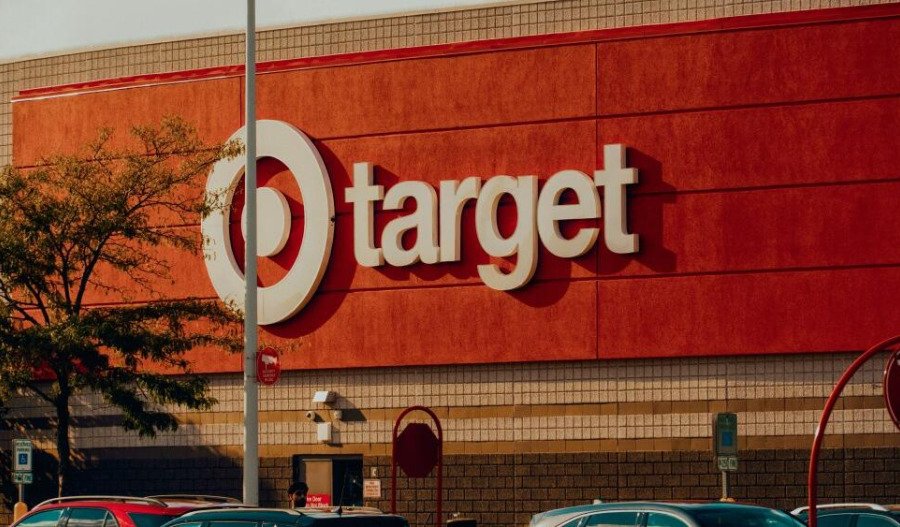Shares in Home Depot (NYSE: HD) surged 3.1% overnight after the home improvement retailer refused to cut projected full-year total sales growth of 2.8% and comparable sales, despite reporting net earnings of US$4.6 billion (A$7.09 billion), slightly shy of Wall Street’s expectations.
While the Atlanta-based company reported US$45.2 billion in net sales, down from an expected US$45.3 billion, lower sales were still higher than the company’s first quarter revenue of $39.8 billion.
Comparable sales for U.S. stores increased 1.4% to beat consensus of 1.3% and marked the third straight quarter of U.S. sales growth, following an eight-quarter streak of declines.
According to GlobalData analyst Neil Saunders, there are signs that the long-awaited pickup in home improvement activity is slowing, garnering traction.
“While gains remain shallow, they show a material strengthening over the last quarter and provide confidence that the slump in home improvement is finally over,” said Saunders.
Underscoring that confidence, the company expects to open around 13 new stores during the year, in line with its prior guidance.
“The 4.9% uplift in net sales is a little shallower than previous quarters as the anniversary of the closing of the SRS deal partially laps current trading; indeed, this is the last quarter from which Home Depot will get a boost, so overall growth will flatten over the balance of this year,” Saunders said.
However, despite reaffirming its full-year guidance, Home Depot told the market that higher tariff rates for “some imported goods” could end up impacting prices.
But given that the company imports less than half of its inventory from outside the U.S., broad-based price increases are not expected.
"There's items that we have that could potentially be impacted from a tariff that, candidly, we won't have going forward,” noted executive vice president for merchandising Billy Bastek.
CFO Richard McPhail told the market that due to general uncertainty and higher borrowing costs, customers were avoiding larger home improvement projects in favour of smaller ones.
“Our customers tell us the rate environment is giving them pause on larger remodelling projects,” McPhail said. “Our pros… say that their customers tell them they’re deferring projects.
They’re not cancelling projects. Home improvement demand persists. And so our job is to position ourselves to be ready for that.”
While foot traffic at brick and mortar stores fell 4.3% for the month and was down at least 2.5% for the year, online sales rose around 12% compared to the second quarter of 2024.
McPhail also flagged encouraging signs in the retailer’s business – with big-ticket transactions (over $1,000) rising 2.6% compared with the year-ago quarter.
Twelve of its 16 merchandising departments posted year-over-year sales gains. And year-on-year sales trends improved in each month of the quarter, with comparable sales up 0.3% in May, 0.5% in June and 3.3% in July, he said.
“We absolutely saw momentum continue to build in our core categories throughout the quarter,” he said.
McPhail also noted that Home Depot’s FY25 outlook doesn’t factor in potential rate cuts by the Federal Reserve, which could spur borrowing for home buying and bigger projects.
“We don’t embed any point of view on the rate environment changing, nor on the demand for large projects changing,” he said.
On the company’s earnings call, CEO Ted Decker said, “Some relief on mortgage rates, in particular, could help.”
But he added that’s not the only factor on consumers’ minds when Home Depot surveys its customers.
“The No. 1 reason for deferring the large project is general economic uncertainty,” he said.
“That, you know, is larger than prices of projects, of labor availability, all the various things we’ve talked about in the past by a wide margin.”

Join our community of decision-makers. No card required
Join now

